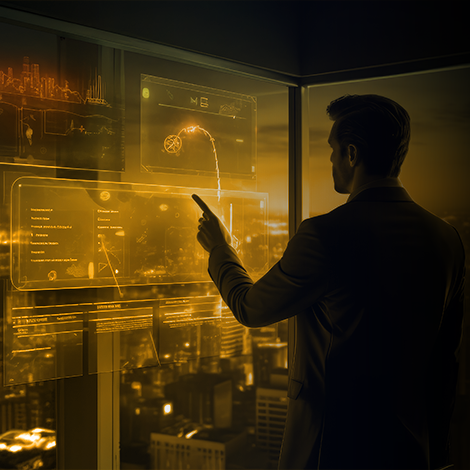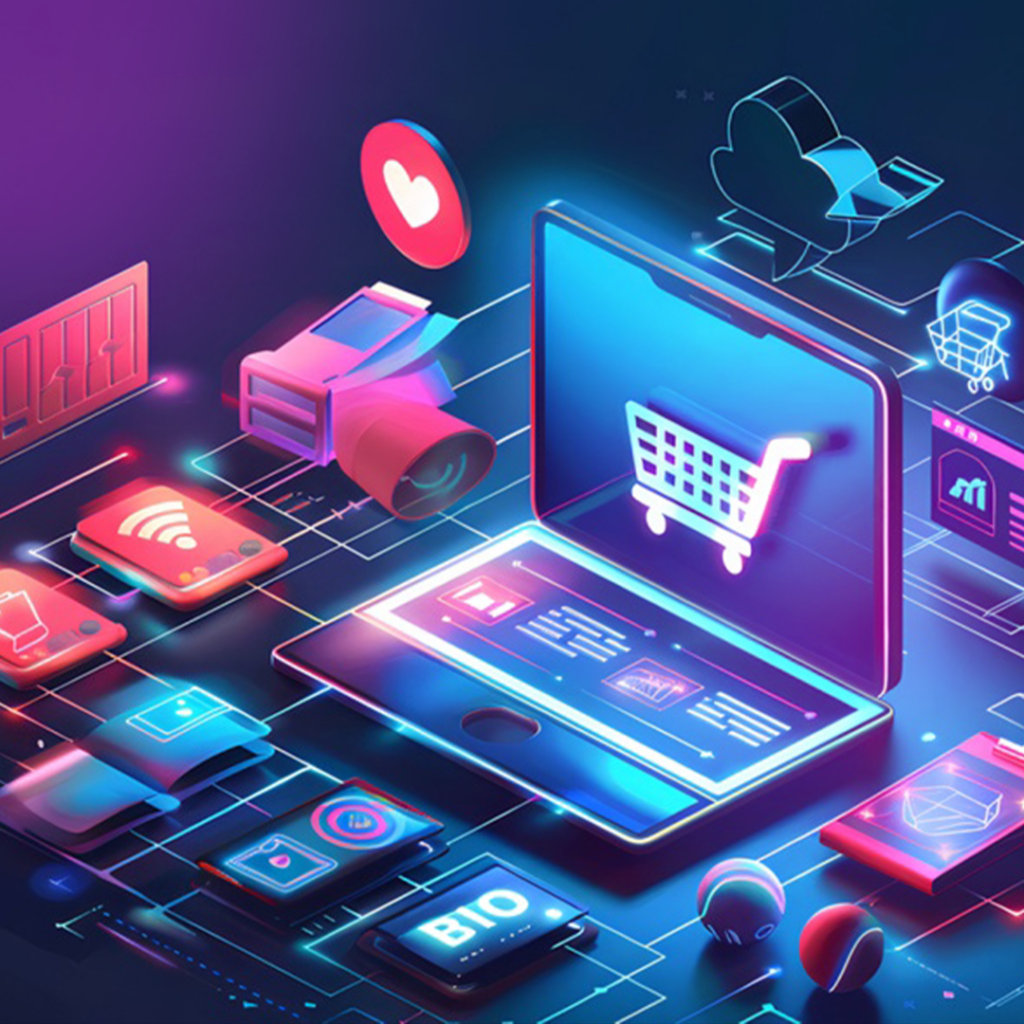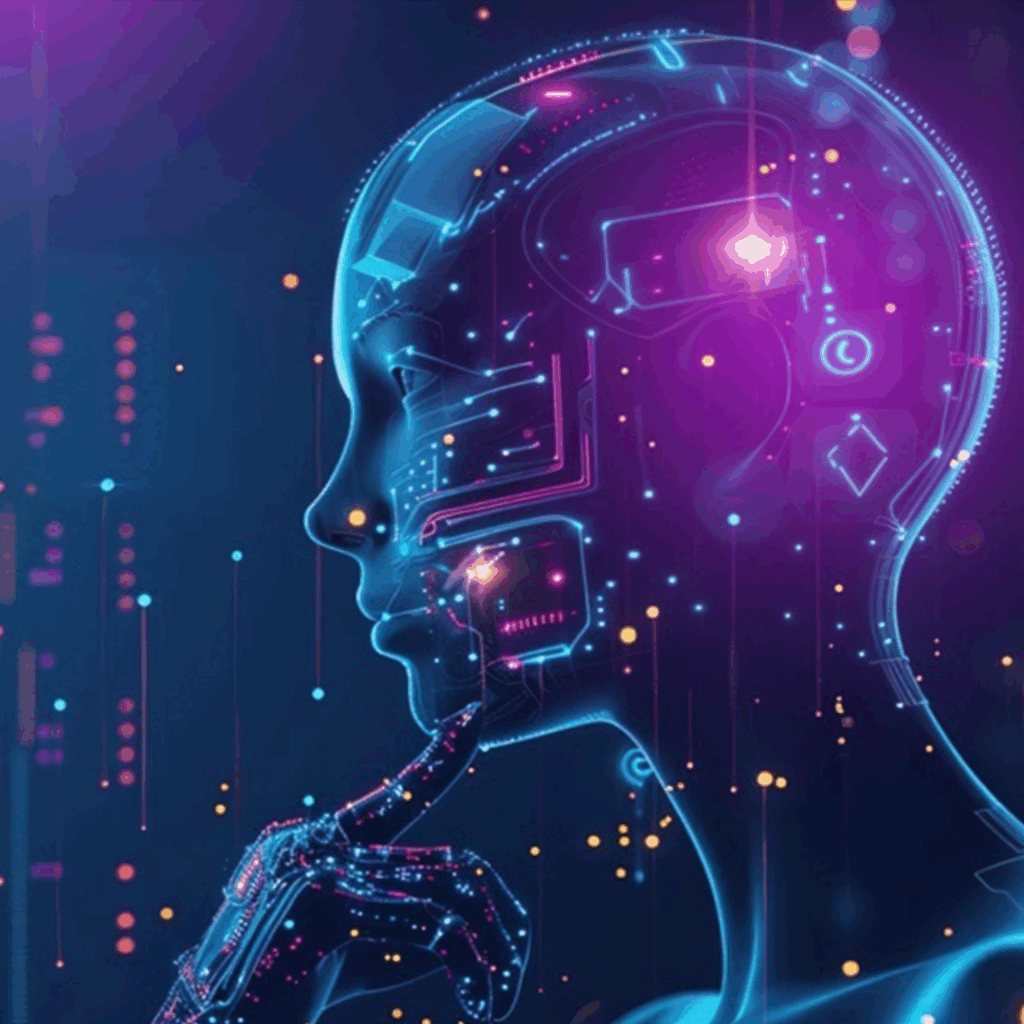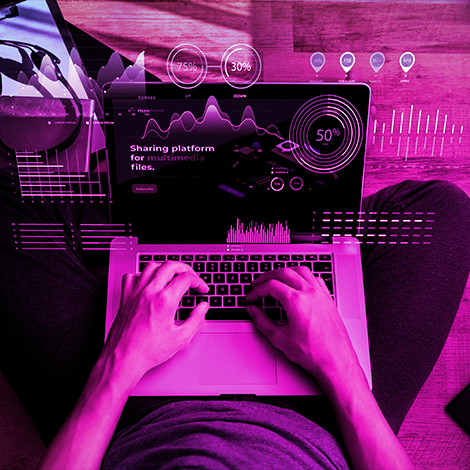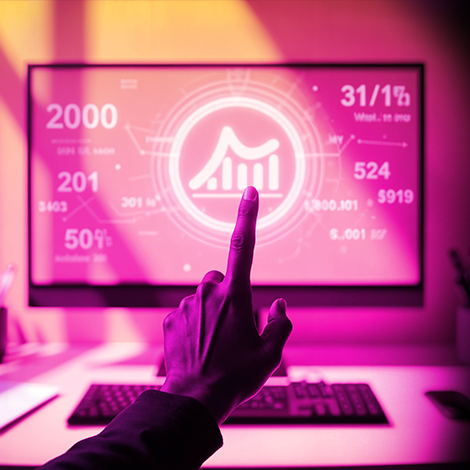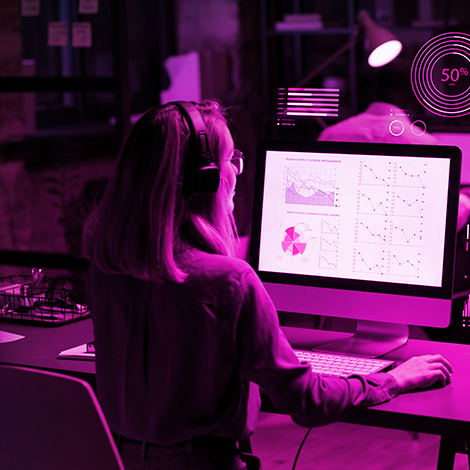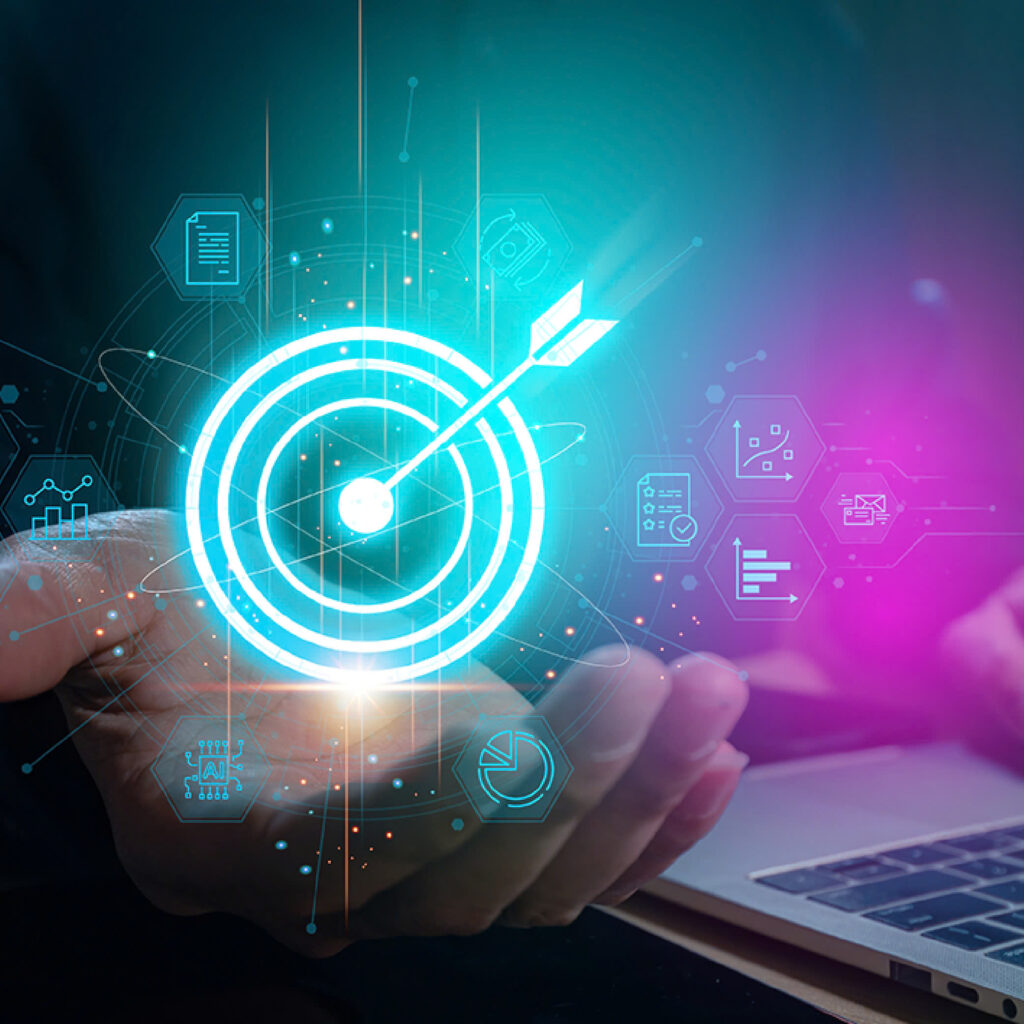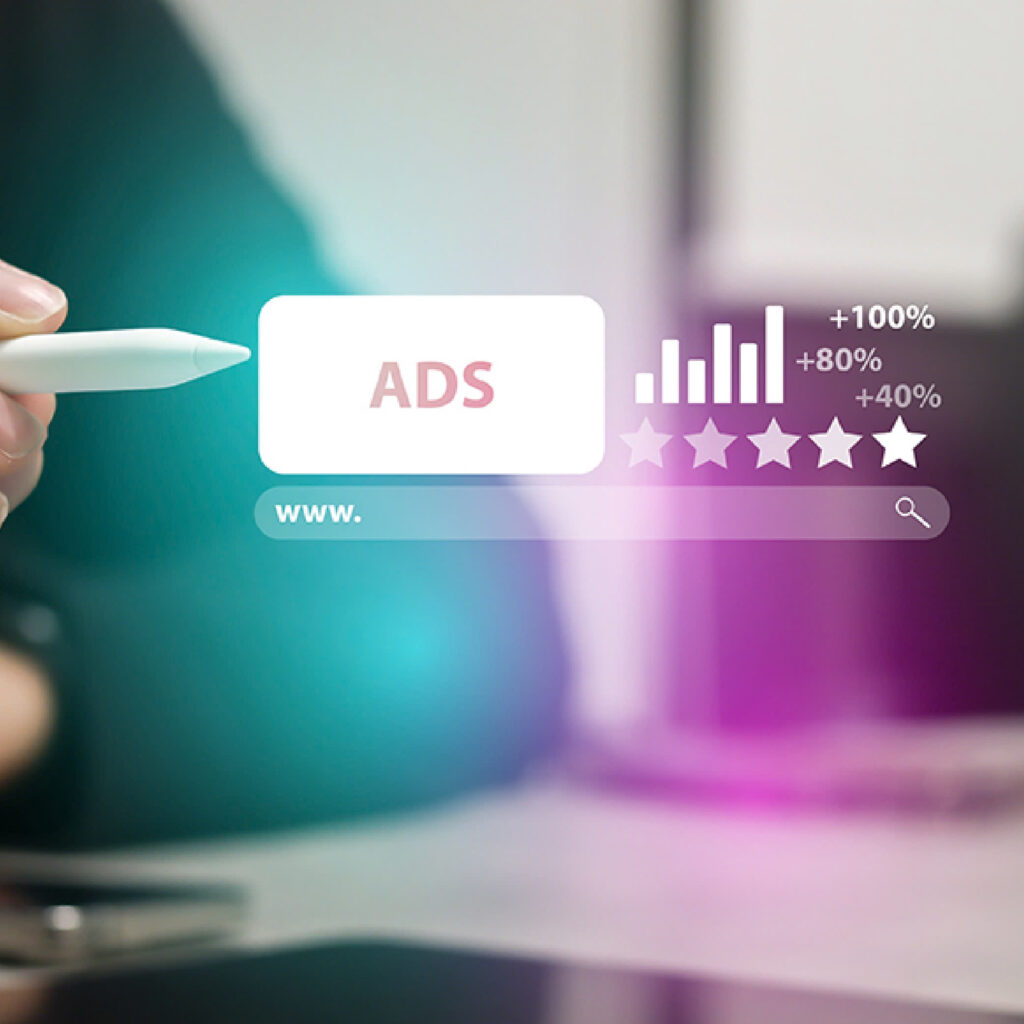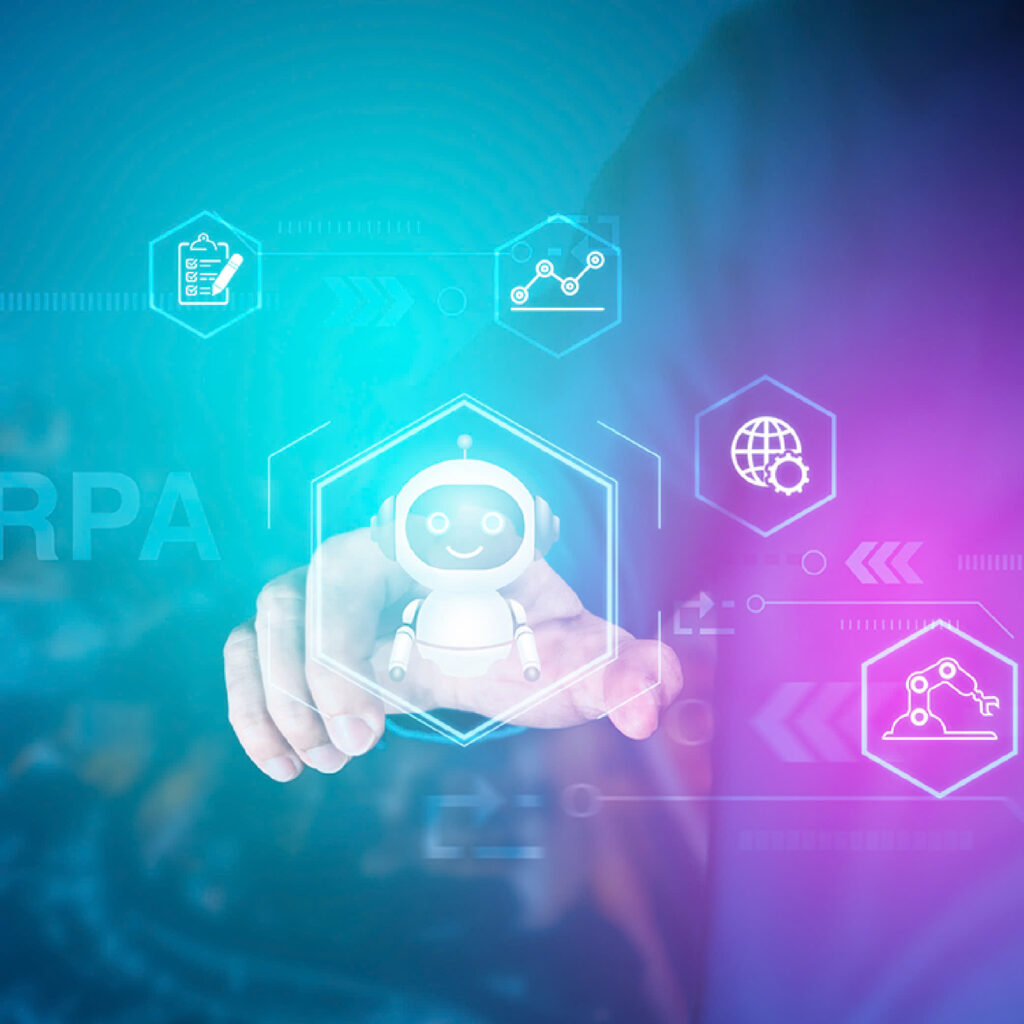
As marketers gear up for 2025, consumer preferences and their purchase journeys are shifting the dynamics in retail media advertising. 68% of people who browse for products online visit Amazon for research before purchasing from a physical store. It underscores the importance of integrating digital touchpoints within the retail experience, as consumers increasingly seek seamless transitions between online and offline shopping. AI tools are helping brands transform in sync with consumer behaviors, engage with consumers more effectively, increase brand loyalty, streamline operations, and remain competitive. Several retailers globally implemented AI in their retail media strategies in 2024.
Let’s look at how some of the most innovative applications of AI in retail media:
Target
Target, an American retail corporation, is rolling out the Gen AI-powered tool Store Companion to support its team members in 2,000 stores across the U.S. Store Companion is a chatbot designed to answer on-the-job questions, train new team members, and support store management operations.
Available as an app on a hand-held device, the chatbot will help enhance the shopping experience for guests as the team will be able to service them faster and more efficiently. This tool is the latest in a line of AI initiatives by Target to create more personalized experiences for its team and guests.
Alfamart
Indonesia’s second-largest retail chain, Alfamart, implemented GoScreen’s digital out-of-home displays (DOOH) to replace traditional static poster advertisements with engaging digital ads and drive sales. The advertisements targeted 25 to 40-year-olds residing in urban areas with SKU offers and encouraged using Gopay as the mode of payment. It allowed brands to reach their target audiences at the point of sale and generated additional revenue for Alfamart.
The GoScreen initiative enabled the display of engaging video content on a digital screen, creating an immersive experience that the users would love to interact with. It led to the collection of invaluable audience data for each ad play, making it easier to run retarget ads to capture the attention of those who showed interest but did not immediately make a purchase.
As a result of this campaign, transactions increased by 105% and demonstrated the effectiveness of GoScreen as a media channel to increase SKU sales.
GoMart x Lottemart
Partnering with Indonesian retailer Lottemart, US-based GoMart, which provides online grocery and delivery services, launched a new feature targeting working millennials. The ads were displayed using GoScreen’s programmatic digital out-of-home (DOOH) screens within a 10-mile radius of a Lottemart. The approach enabled hyperlocal targeting of the target demographic and retargeting of unique audiences to drive app purchases on GoMart.
The campaign led to a 20% increase in new users and drove conversion to online in-app purchases. The GoScreen advertisements delivered 22 million impressions, reached 6.5 million unique audiences, and completed 149,000 orders.
The path towards 2025
Moving towards 2025, one of the key trends expected is the use of machine learning and big data in improving predictive analytics.
ML algorithms will analyze vast datasets to forecast consumer behavior, trends, and purchase patterns with increased precision and the ability to optimize in real time.
By processing large volumes of data with the help of AI, brands can deliver hyper-targeted and hyper-personalized campaigns, enhancing the customer experience.
Suffice it to say that marketing strategies will increasingly rely on AI for automation and real-time optimization of campaigns.
AI will further refine personalized shopping experiences, offering tailored content and promotions to customers. Retailers can leverage AI-driven data analytics to anticipate consumer behavior and optimize inventory.
Retail media brands can prepare to evolve their marketing strategies with advancing technology by investing in AI infrastructure and personnel training. Moreover, they must ensure the current systems can seamlessly support the new tech.



